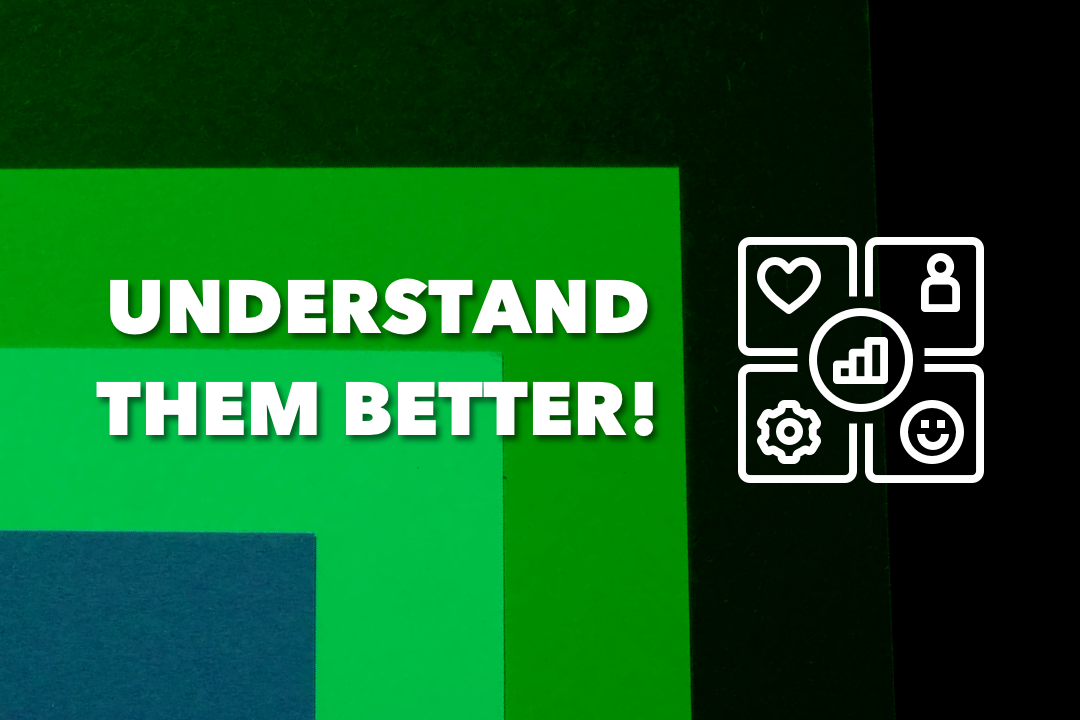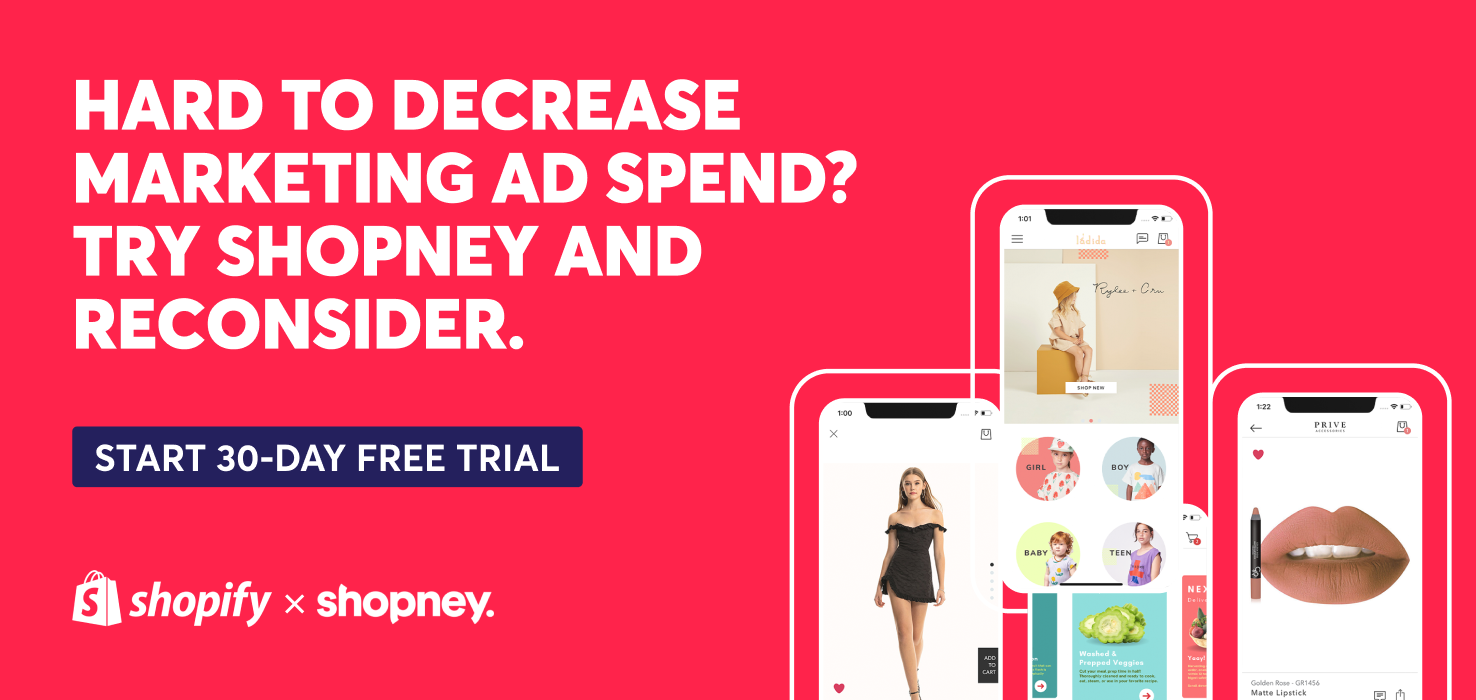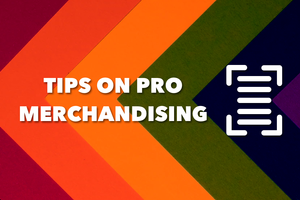
Let’s be honest: We would like to think that when an online shopper finds your website or clicks an ad, he would immediately convert it into a sale.
Bad news: unfortunately, that is rarely the case. Even not a case!
In today’s eCommerce world, users visit your eCommerce website several times prior to converting. They may find your blog posts, or a product of your brand and return directly a week later, and click a retargeting ad the next day. Then, they may finally convert!
So the question is: which marketing channel gets the credit?
Trying to understand the value of each marketing channel can be difficult. With multiple touchpoints in the customer journey, each channel plays its part.
Briefly, these are the questions at the heart of marketing attribution models.
But what elements should you be taking into account when determining the right attribution model? Of course it should be mainly your customers’ behaviors! Remember, you do everything for your customers, to get sales & earn more!
There is no doubt that the development of technology brought a new way of purchase behavior & mindset for customers. Furthermore, it has been changing swiftly all the time.
That is why it is critical to understand the base of customer behavior to adapt the right attribution model for your Shopify store!
Because your marketing strategy, sales & growing your eCommerce store mainly depend on this term.
Let’s move into the details! :)
What Is Marketing Attribution & Why Is It Important?
Marketing attribution is the practice of evaluating the marketing touchpoints a customer encounters on his path to purchase. The goal of attribution is to determine which channels had the greatest impact on the decision to convert, or take the desired action.
Briefly, marketing attribution is the analytical science of determining which marketing tactics are contributing to sales or conversions.
Most eCommerce businesses do an unnecessary job of tracking marketing attribution meaning they are likely to spend their hard earned money on marketing efforts that aren’t working and are not able to shift budgets to the ones that are driving leads.
That is why, - to get rid of ineffective approaches to marketing - marketing attribution is important: with a bit of knowledge and a few tools, you can get complete visibility into the online channels that are driving sales.
Let’s dive into the benefits of marketing attribution in details! :)
Benefits of Marketing Attribution
1. Optimized Marketing Spend: Attribution models give you insights into how marketing budget is best spent by showing touchpoints that earn the most engagements.
2. Increased Revenue of Investment (ROI): Effective attribution enables you to reach the right customer, at the right time, with the right message leading to increased conversions and higher marketing ROI.
3. Improved Personalization: You can use attribution data to understand the messaging and channels preferred by individual customers for more effective targeting throughout the customer journey.
4. Improve Product Development: Personal level of attribution allows you to better understand the needs of your customers. These insights can then be referenced when making updates to the product to target the functionality that customers want.
5. Optimized Creative: Attribution models that can evaluate the creative elements of a campaign allow you to arrange messages and visual elements in addition to better understanding how and when to communicate with your customers.
Let’s see the models of marketing attribution to understand more to plan better! Sounds like a good plan already, uh? :)
Marketing Attribution Models
Marketing attribution models assign value to marketing campaigns through statistical analysis at the user-level.
The most effective attribution models will provide insight into:
- Which messages a consumer was exposed to and on what channel
- Which touchpoint had the greatest impact on their decision to purchase
- The role brand perception played in the decision to convert
- The role of message sequencing
- Which messaging gets the best results from each customer
- The impact of external factors
1. First Attribution Model: Last Interaction
Last Interaction Attribution is also referred to as "last-click" or "last-touch."
As the name implies, this model gives 100% of the credit to the last interaction your business had with a lead before they convert.
For example, a visitor finds your eCommerce website through organic search. A week later they see a Facebook Ad and click the ad. Later that day, they go to your website directly and make a purchase.
The direct traffic, in this case, gets all of the credit for that purchase. 100% of the value is assigned to that last touchpoint.
2. Second Attribution Model: First Interaction (Click)
First Interaction is similar to last Interaction, in that it gives 100% of the credit to one single click/interaction.
First Interaction called "First-Click" gives all of the credit for a conversion to your business' first interaction with the customer.
For instance, if a customer first finds your business on Pinterest, then Pinterest gets all of the credit for any sale that happens after that interaction.
It doesn't matter if the customer found you on Pinterest, then clicked a display ad a week later, and then went to your site directly. Pinterest, in this example, gets the full credit.
3. Third Attribution Model: Data-Driven
Data-driven attribution is a custom solution that is able to capture the intricacies of buyer journeys by modeling how channels, and more importantly how different combinations of channels, interact with buyers to influence a desired sales outcome.
A data-driven model provides the most accurate view of which channels are performing the best, driving better marketing accountability and efficiency.

4. Fourth Attribution Model: Linear
With a linear attribution model, you split credit for a conversion equally between all the interactions the customer had with your business.
For instance, a customer finds you on Instagram, signs up for your email list and later clicks an email link. The next week they go to your site directly and make a $120 purchase.
There are 3 touchpoints in this situation. Each touchpoint gets equal credit of 33%, or a $40 conversion value attributed to the channel when the purchase was made.
5. Fifth Attribution Model: Time-Decay
Time Decay attribution is similar to linear attribution. It spreads out the value across multiple events. But unlike linear attribution, the Time Decay model also takes into consideration when each touchpoint occurred.
Interactions that occur closer to the time of purchase have more value attributed to them. The first interaction gets less credit, while the last interaction will get the most.
6. Sixth Attribution Model: Position-Based
The Position-based attribution model called “U-shaped attribution” splits the credit for a sale between a prospect's first interaction with your brand and the moment they convert to a lead.
40% of the credit is given to each of these points, with the remaining 20% spread out between any other interactions that happened in the middle.
For example, if a prospect first makes contact with your business through a Google search, looks at your Facebook page, and later signs up for your email newsletter, the first and third touches each receive 40% of the credit, and the Facebook visit receives the remaining 20%.
Understanding Customer Behavior: What Is Consumer Behavior?
Consumer behavior is the study of consumers and the processes they use to choose, consume, and dispose of products and services, including consumers’ emotional, mental, and behavioral responses.
You should bear in mind that studying consumer behavior is important because it helps you to understand what influences your customers’ buying decisions.
If you want to have a detailed understanding of consumer buying behavior, please check this article.
The Relationship Between Marketing Attribution And Consumer Behavior
When it comes to marketing, knowledge is power!
The more you can learn about your past results, the better you can plan your future tactics. Analyzing your current marketing objectives and taking subsequent marketing actions can create a ripple effect for your brand’s strategy.
Marketing attribution by definition is the process of understanding consumer behavior by studying how customers interact with your content, especially before a purchase. Attribution modeling gives a business perspective on where its marketing efforts are succeeding, and where there is room to grow.
That is why to choose the right attribution model, first you should understand the behavior of your customers & work on it.
The best way to understand consumer behavior is to examine the consumer behavior models. Let’s have a look at this briefly! :)
Consumer Behavior Models
1. Traditional Models
The early or traditional models were developed by economists with a view to understand economic systems. Economics helps to understand how scarce resources are allocated among unlimited wants and needs. The first four models give a general view in terms of the Economic model, Learning model, Psychoanalytic model and the Sociological model.
a. Economic Model
In terms of economics, it is assumed that man is a rational human being, who will evaluate all the alternatives in terms of cost and value received and select that product and/or service which gives him maximum satisfaction.
Consumers are assumed to follow the principle of maximum utility based on the law of diminishing marginal utility.
It is assumed that with limited purchasing power, and a set of needs and tastes, a consumer will allocate his expenditure over different products at given prices so as to maximize utility.
b. Learning Model
Unlike the economists, classical psychologists have been interested in the formation and satisfaction of needs and tastes.
They argued that living beings were influenced by both innate needs such as the primary needs of hunger, thirst, sex, shelter and learned needs like fear and guilt. A drive -internal stimulus- which when directed towards a drive reducing object becomes a motive.
The various products or services will act as stimuli to satisfy drives. For instance, a hungry person will be driven towards food, which after consumption will reduce the drive and also provide satisfaction.
According to learning theorists, this response of satisfaction reinforces the relationship between drive and the drive reducing stimulus object as well as the related cues.
c. Psychoanalytical Model
This model is based on the work of psychologists who were concerned with personality. They were of the view that human needs and motives operated at the conscious as well as at the subconscious levels.
This theory was developed by Sigmund Freud. According to him human behavior is the outcome of (a) ‘id’ (the source of all psychic energy which drives to act,) (b) ‘super ego’ ( the internal representation of what is approved by the society) (c) ‘ego’ (the conscious directing ‘id’ impulses to find gratification in a socially accepted manner. Thus, we can say that human behavior is directed by a complex set of deep-seated motives.
From the marketing point of view this means that buyers will be influenced by symbolic factors in buying a product.
Motivational research has been involved in investigating motives of consumer behavior so as to develop suitable marketing implications accordingly. Marketers have been using this approach to generate ideas for developing products – design, features, advertising and other promotional techniques.
2. Contemporary Models
Contemporary models of consumer behavior focus on rational and deliberate decision-making processes rather than emotions or unconscious desires. The contemporary models include:
a. Engel-Kollat-Blackwell (EKB) Model
The Engel-Kollat model of consumer behavior outlines a five-stage decision process that consumers go through before purchasing a product or service: Awareness, Information Processing, Evaluation, Purchasing Decision, Outcome Analysis.
b. Black Box Model of Consumer Behavior
This model says that consumers are problem solvers who make decisions after judging how your product will satisfy their existing beliefs and needs.
c. Hawkins Stern Impulse Buying Model
The Impulse Buying theory is an alternative to the Learning Model and EKB, as it claims that purchases aren’t always a result of rational thought.
When we think of impulse buying, we typically imagine picking up a candy bar or a pack of gum right before checking out.
d. Howard Sheth Model of Buying Behavior
The Howard Sheth model of consumer behavior posits that the buyer’s journey is a highly rational and methodical decision-making process.
In this model, customers put on a “problem-solving” hat every step of the way with different variables influencing the course of the journey.According to this model, there are three successive levels of decision-making which are Extensive Problem-Solving.
How to Develop a Customer Insight Strategy?
Customer insight strategy means, having all the customer insight you need for your business. The aim of developing a customer insight strategy is to ensure that your business objectives and goals are matching with your customer insight. Only in this way you can achieve sustainable growth.
To learn how to identify your customers' needs and how to develop a customer insight strategy, check this article.

Final Thoughts
Marketing attribution is the analytical way of understanding which marketing channels and strategies are contributing to sales or conversion. In other words, it is analyzing the marketing touchpoints that customers face through the shopping journey. In this way, you can understand which channels convert more and invest more energy & time there.
We mentioned the marketing attribution models above so that you can understand where and when your customers interact with your brand. In this way, you can find the best marketing strategy for your Shopify store and achieve sustainable growth & increase ROI.
Another great way to grow your Shopify store is turning it into a mobile app with Shopney. Mobile apps are the most preferred sales channels that customers prefer since they are the easiest to shop among them.
So, if you are looking for a strategy that you can convert more, build your own mobile app in a couple of hours, launch in a couple of days and see the difference. There is no risk & no credit card info is required. Start your 30 days free trial from here.



![How to Grow Your Shopify Store in the 2023 Recession? [7 Tactics]](/blog/content/images/size/w300/2022/08/Artboard.png)